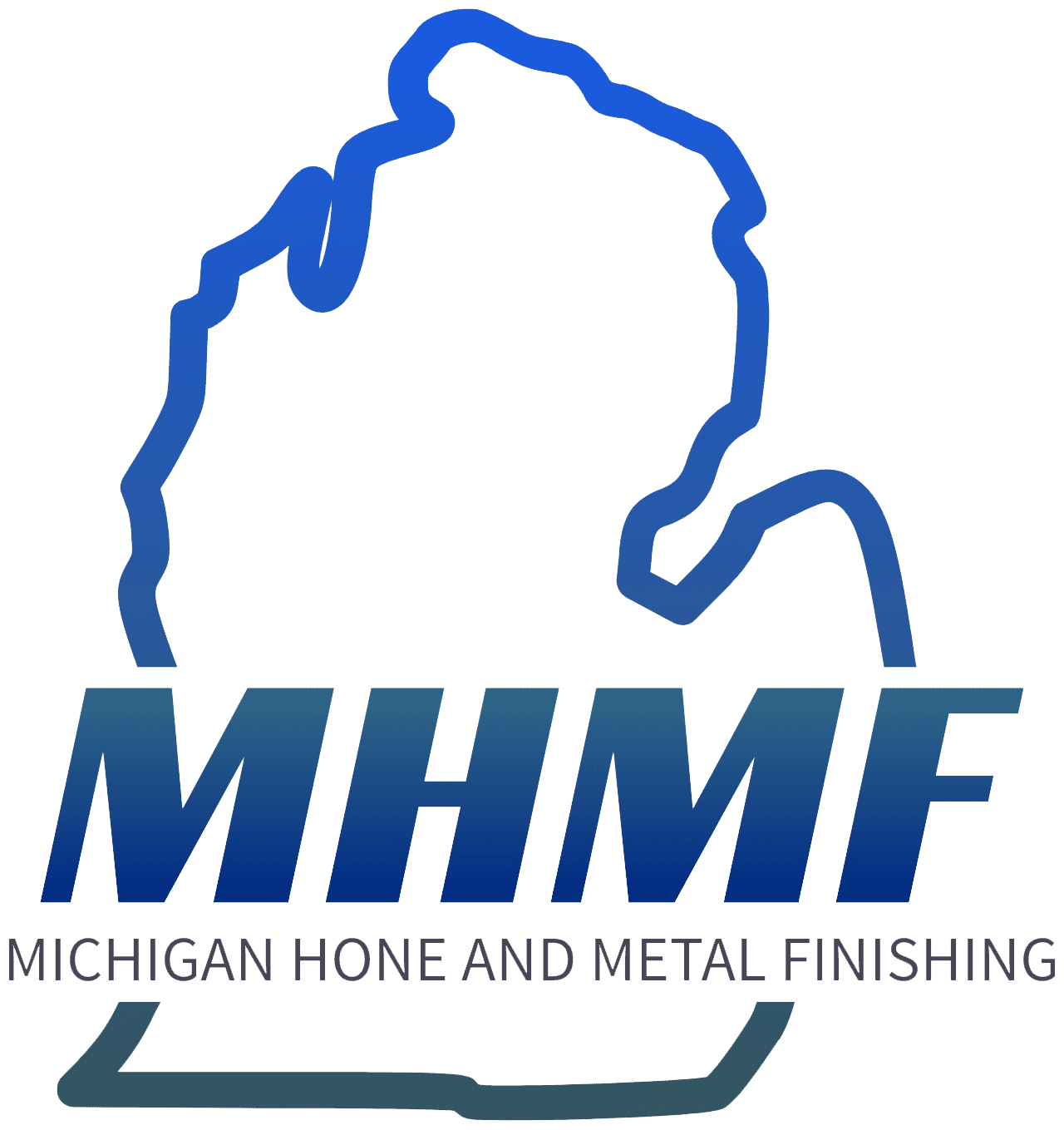What is Metal Polishing?
Metal polishing is a finishing process that enhances the aesthetic and functional properties of a metal surface by removing very fine imperfections. It results in a high-quality, mirror-like finish that improves the appearance and corrosion resistance of the material. Unlike material removal processes like honing, which focus on achieving precise bore size and shape, polishing is primarily used to create a smooth, refined surface.
Difference Between Buffing & Polishing
While buffing and polishing are often used interchangeably, they are distinct processes:
- Polishing utilizes abrasives to remove fine surface imperfections and create a smooth, uniform finish. It is typically done with rotating wheels embedded with abrasive compounds.
- Buffing is a final finishing process that enhances the shine of the polished surface using softer abrasives and compounds. Buffing does not significantly alter the surface but instead refines it to achieve a high-gloss or mirror-like effect.
Common Metal Polishing Methods
There are several methods used for metal polishing, depending on the material, desired finish, and application:
- Mechanical Polishing – Involves using abrasive belts, grinding wheels, or rotary tools to smooth the surface.
- Electropolishing – A chemical process that removes a thin layer of material to enhance smoothness and corrosion resistance.
- Abrasive Flow Polishing – Uses a semi-liquid abrasive media to reach complex internal geometries.
- Vibratory Polishing – Utilizes media in a vibrating container to gently refine the surface.
Honing vs. Polishing
At Michigan Hone, we do not yet provide buffing or polishing services. Instead, our honing process focuses on achieving precise bore size and shape by removing material with abrasive stones. Honing is ideal for producing very smooth, uniform surface finishes on the inside diameter of cylinders and bores, ensuring superior performance and longevity in precision applications.
